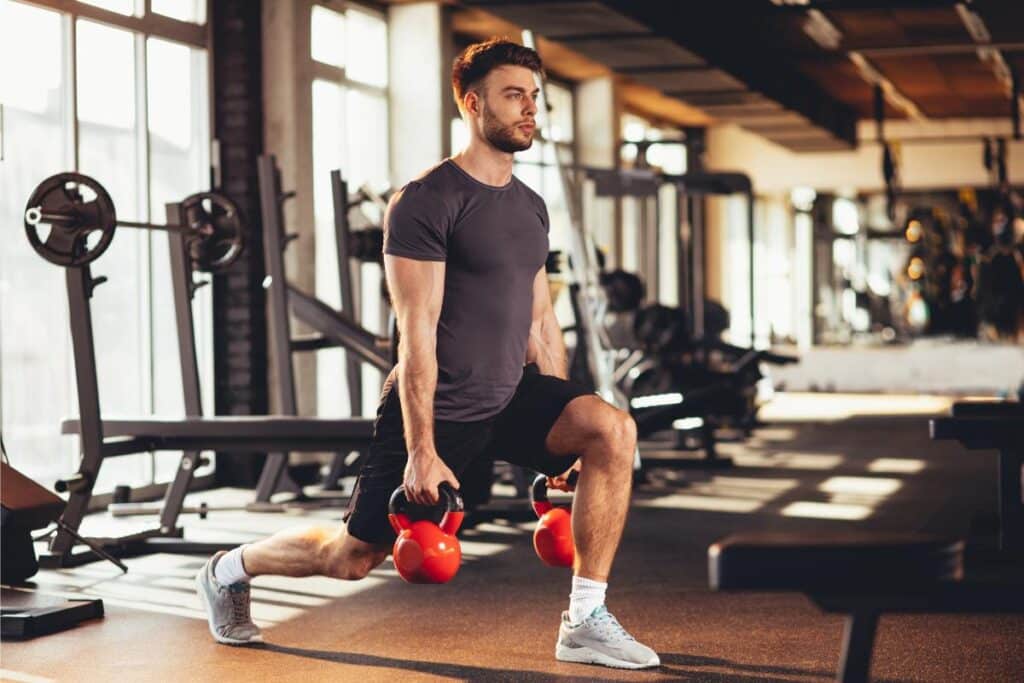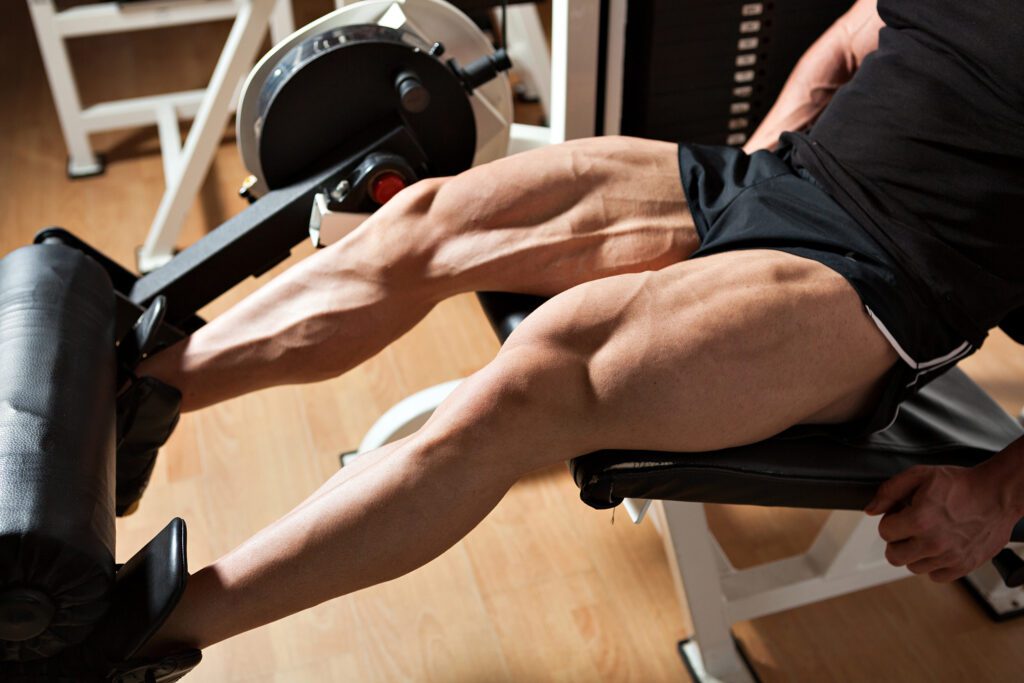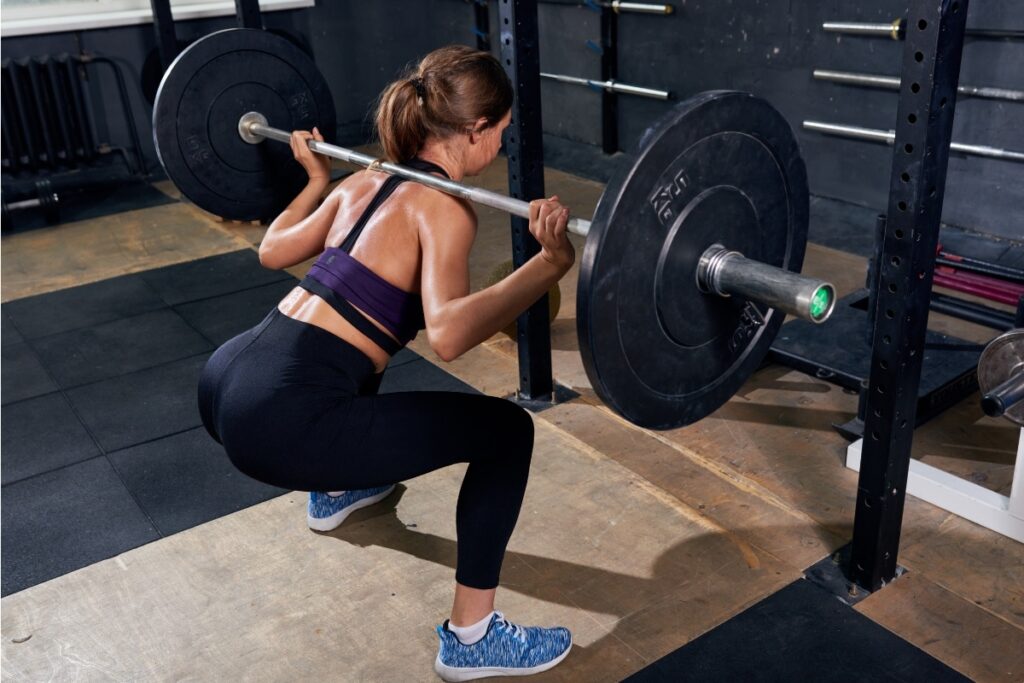For runners, a leg day workout improves running performance and prevents injuries. While running is an excellent cardiovascular exercise, incorporating a well-structured leg day workout into your training routine can help you develop leg strength, power, and stability to enhance running speed, endurance, and overall performance.
In this article, we’ll explore the relationship between leg strength and running, target specific leg muscles for optimal results, include cross-training exercises to prevent overuse injuries, emphasize flexibility and mobility exercises for improved running form, and create a balanced leg day routine that complements runners’ training.
The Relationship between Leg Strength and Running Performance
Leg strength is a critical component of running performance. Strong leg muscles enable runners to generate more power and propel themselves forward with each stride. Improved leg strength also aids in maintaining proper running form and reduces the risk of fatigue during long-distance runs. Incorporating a leg day workout into your training can optimize your running potential and achieve better results in races and training sessions.
Targeting Specific Leg Muscles to Enhance Running Speed and Endurance
To enhance running performance, runners should focus on exercises that target specific leg muscles. Some key muscle groups to prioritize include:
- Quadriceps: Strong quadriceps are essential for knee stability and powering through uphill sections. Exercises like squats and lunges target the quads effectively.
- Hamstrings: Strengthening the hamstrings helps prevent muscle imbalances and reduces the risk of hamstring strains. Romanian deadlifts and hamstring curls are great options.
- Glutes: The gluteal muscles play a significant role in hip extension and overall running power. Hip thrusts and glute bridges are practical exercises for targeting the glutes.
- Calves: Strong calves contribute to better push-off during each stride and improve running efficiency. Calf raises are excellent for calf muscle development.
Cross-Training Exercises for Runners to Prevent Overuse Injuries
Runners often experience overuse injuries due to the repetitive nature of the sport. Incorporating cross-training exercises on leg day can help prevent these injuries and enhance overall fitness. Some cross-training options include:
- Cycling: Low-impact cycling provides an excellent cardiovascular workout while giving the legs a break from the impact of running.
- Swimming: Swimming is a full-body exercise that provides excellent conditioning without putting stress on the legs.
- Rowing: Rowing engages the legs, core, and upper body, making it a great complement to running.
Flexibility and Mobility Exercises to Improve Running Form
Flexibility and mobility are crucial for maintaining proper running form and preventing injuries. Include the following exercises in your leg day workout for runners to improve flexibility and mobility:
- Dynamic Leg Swings: To enhance hip mobility, perform forward, backward, and sideways leg swings.
- Lunging Hip Flexor Stretch: Stretch the hip flexors to alleviate tightness from running.
- Foam Rolling: Use a foam roller to release tension in leg muscles and improve range of motion.
Creating a Balanced Leg Day Workout for Runners
A balanced leg day routine for runners should incorporate strength training, plyometrics, and flexibility exercises. Here’s a sample routine:
- Squats: 4 sets of 8-10 reps to target quadriceps and glutes.
- Deadlifts: 3 sets of 6-8 reps to strengthen hamstrings and glutes.
- Walking Lunges: 3 sets of 10-12 reps per leg for overall leg strength.
- Calf Raises three sets of 12-15 reps to work on calf muscles.
- Plyometric Box Jumps three sets of 6-8 reps to enhance explosive power.
- Hip Thrusts: 3 sets of 10-12 reps focused on glute activation.
- Foam Rolling: Spend 5-10 minutes on foam rolling to release muscle tension.
Conclusion
An effective leg day workout for runners is a powerful tool to boost running performance and prevent injuries. By targeting specific leg muscles, incorporating cross-training exercises, and focusing on flexibility and mobility, runners can improve leg strength, endurance, and overall running form.
When complemented with regular running training, a balanced leg day workout for runners will lead to enhanced performance, reduced risk of injuries, and a more enjoyable and successful running experience. So, lace up your shoes, hit the gym, and run to new heights with a dedicated leg day workout.
If you love bodybuilding, share this article on Facebook or Twitter so that others can learn more about building muscle.




